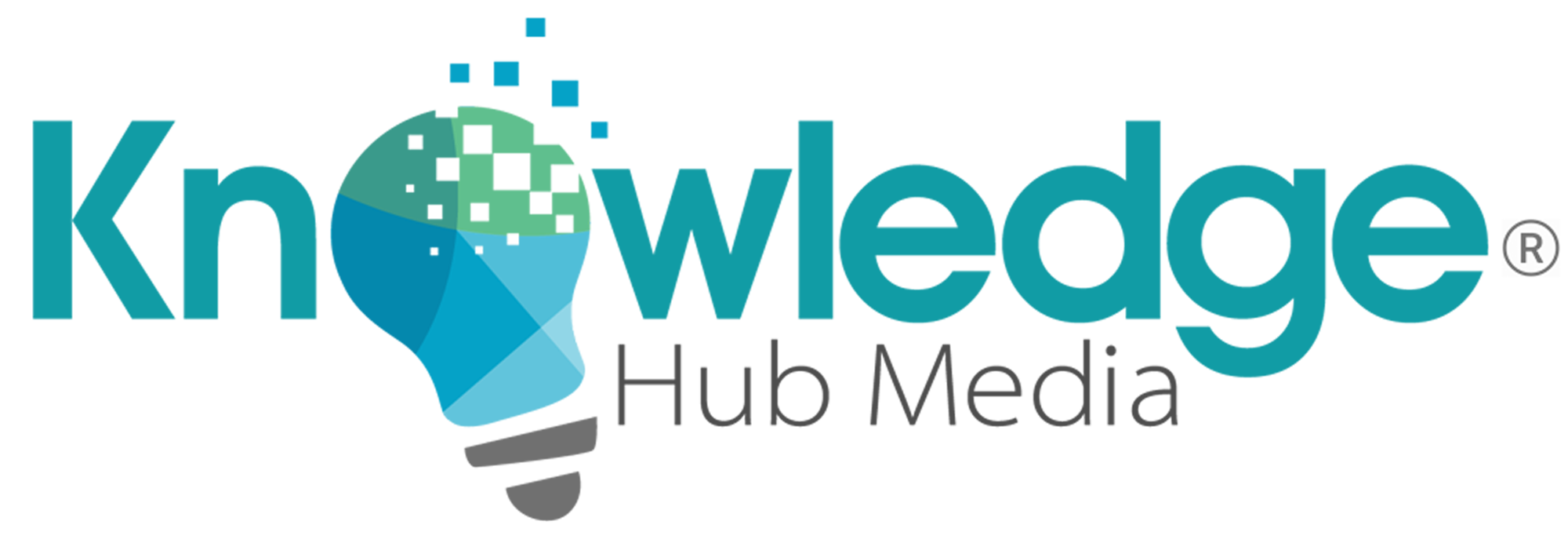 One of the first things to consider when creating a new product launch is to set up marketing campaign and branding for your new product. You will need to consider every aspect of your logo or design for your product.
One of the first things to consider when creating a new product launch is to set up marketing campaign and branding for your new product. You will need to consider every aspect of your logo or design for your product.
Logos really matter. Over the years, the design industry has grown immensely, and we’ve seen some great logos. They can be challenging to design, but they are essential to any new product launch and form the backbone of any successful enterprise.
Your new logo should explain what your company and product is about and how it can help your customers. It will be included in every place you are promoting your new product. So, when creating a logo through a custom logo design agency or freelance designer you can ensure you get the logo that defines your product well.
Creating a logo requires a lot of work and time, doesn’t it? Don’t worry. This blog post will share what is required to design a good logo for your company. There are a few things to keep in mind during the creation process, but let’s start with what a logo is.
What Is A Logo?
To realize a logo, you must first know its main purpose. Your design process should strive to make your product instantly memorable and be easily associated with your company brand. Individual product logos are a facet of an enterprise business that are often markedly similar to other logos within your enterprise in terms of shape, font, and color. Logos are used for identification purposes.
The Requirements of a Good Logo Design For Your New Product
Simplicity
One of the first and foremost requirements of a good logo design is that it should be simple. The best logos are clean, uncluttered ones that give viewers an immediate and unique sense of your brand. Overall, fewer is better, and simplicity has a more significant impact. Remember that logos can be used in numerous ways, on different mediums, in various sizes and formats, so you must drop complex details.
A solid logo consists of several elements, each of which is easily recognizable and an important part of what you want to convey. For example, if there are items that cannot be combined, delete them. A multifaceted logo with many enhancing elements, such as colors and typefaces, can distract your audience. For example, with a simple logo design that does not require expert interpretation, even ordinary people can immediately understand the message a logo is trying to deliver.
Versatility and Scalability
Your logo will be used in a variety of mediums. These mediums can only be promotional items such as badges or pens. If your logo details are not obviously noticeable when printing in a small space, then you should consider redesigning your logo. Maybe you have an intricate logo design. It’s a good idea to remove unnecessary items. If there are too many colors, lines, or fonts, eliminate them.
Likewise, when a logo is displayed on a large billboard as part of billboard marketing, the logo should act wisely. This means that the logo should not be overextended on one lateral. Instead, your logo will be used in many ways and in many different situations.
Memorability
One of the hallmarks of giant companies’ logos is that they are memorable. Your logo should be a design that people will remember. Otherwise, your logo may fail to retain customers. An easy trick to creating a unique logo is to have your own concept in the first place.
The unique design concept has never been used. Instead, Nike’s logo design is exceptional because it’s a simple brand that no other sports company has ever used. Pepsi for example has the same font for their wild cherry flavor and the same design so you can easily recognize it is part of the Pepsi brand. These corporate logos have become a permanent part of current societal culture.
Timeless
Your product can’t change a new logo every two years. Continual changes to the original logo design are also discouraged for several reasons. First, frequently changing your logo design can confuse your clients and render it useless.
The product logo should be modern but not so full of shades of “warm” elements that when the trend passes, you end up with something that looks old-fashioned. But make sure your overall approach is modern, including colors, fonts, etc.
Don’t depend too much on trends. Instead, incorporate some subtle fashionable design features, but don’t count too profoundly on them. This way, clients must change the logo design whenever they add a product or service to their business. You’d better create a custom logo.
Use The Right Fonts
Your new product logo probably contains the full name, acronym, or slogan, so this includes typography. The main feature of typography is that it gives each design its own personality, which makes it one of the key design elements.
For example, the if the logo has a classic font style that gives it a believable personality. Using serif fonts can give your logo design a robust and formal feel. Hence, most legitimate company logos are written in serif font. These fonts are readable and laid-back.
Therefore, one of the requirements of a new product logo is to convey the personality of a brand. Many times, it is best to stick with the same font used for the company brand or a similar typeface. This way clients will recognize your company brand with your new product and easily be able to put the two together.
Though, customizing fonts is not an easy task as it requires hiring a custom logo design service. But online logo makers give you access to hundreds of unique fonts. These design tools come with fonts you can choose to create your logo. Or get creative and design your own font!
Conclusion
A good product logo doesn’t happen overnight. The above logo design requirements are important for creating a custom product logo that not only enhances your brand’s visual identity but also helps your business succeed. A well-designed product logo easily reminds people of your company and signifies something new. Practice makes perfect. By following these requirements, you can create a new product logo design to help your brand grow.
Author Bio
Mack Chris is an SEO specialist with more than 5 years of experience in promoting and marketing brands in the digital world. He loves to read and share his digital marketing experience with the rest of the community. In his spare time, he enjoys drawing, sketching, playing football, and swimming.
